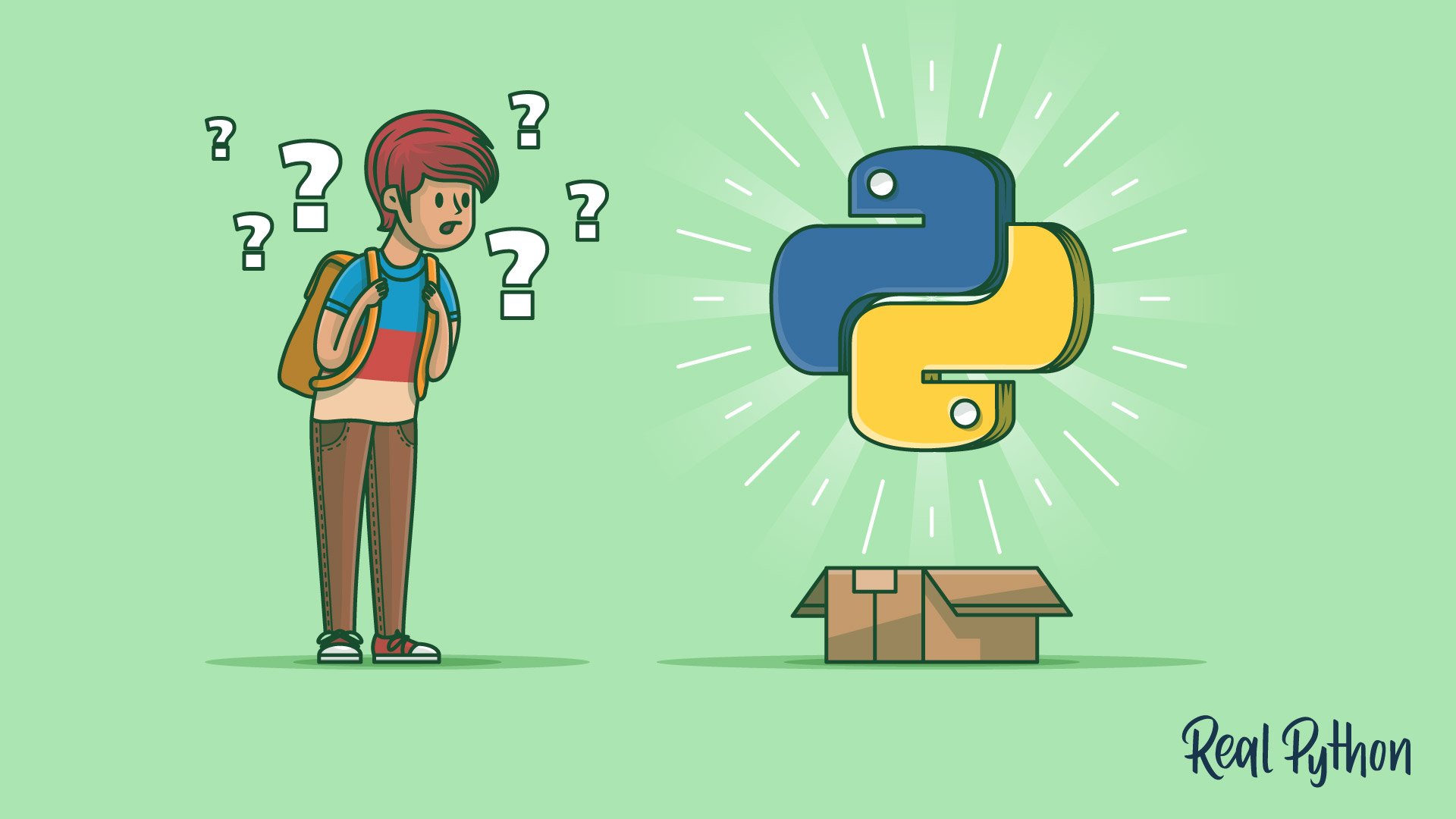
# The Strength of Python: Reasons to Start Learning Today
Seeking methods to enhance your life or increase enjoyment through technology? Look no further than Python! Not the snake, but the renowned and adaptable programming language that offers an astounding range for both novices and experts. Cherished by data analysts, web engineers, AI specialists, and even hobbyist coders, Python is swiftly establishing itself as the preferred language for a multitude of tasks, from expediting homework calculations to examining sports team statistics—and much more.
In this article, I’ll cover the top three compelling reasons you should embark on your Python adventure today. Whether you’re contemplating programming as a career path or merely as a fulfilling pastime, Python is an excellent choice for getting started with coding.
## 1. Python is Fast and Simple to Master
One of Python’s greatest strengths is its user-friendly nature, especially when contrasted with more intricate and verbose languages like Java or C++. Python’s syntax is straightforward and visually appealing, often requiring fewer lines of code to accomplish the same objectives as other programming languages.
To demonstrate how straightforward Python can be, let’s explore the classic programming task of displaying “Hello World” on the screen. Here’s how it appears in Java compared to Python:
“`
Java Code:
public class Greeting {
public static void main(String[] args) {
System.out.println(“Hello World!”);
}
}
“`
For such a fundamental task, Java mandates the definition of a class and a method before executing the print statement. Now, let’s examine the Python counterpart:
“`
Python Code:
print(“Hello World!”)
“`
As shown, Python accomplishes this task with just one line. There’s no need to define a class or specific method. By maintaining simplicity, Python permits users to concentrate on problem-solving instead of grappling with intricate structural syntax.
This ease of use is crucial to Python’s rising popularity. It opens up programming to newcomers by reducing entry barriers while still serving as a powerful tool for industry professionals. Additionally, it is widely utilized across various sectors, from web development to artificial intelligence.
## 2. Versatility: Widespread Industry Use of Python
Python has emerged as a preferred language in many sectors due to its adaptability, enabling it to handle a broad array of tasks. Let’s delve into some key domains where Python excels.
### Web Development
Python equips web developers to create flexible and scalable websites and web apps. Companies such as **Netflix**, **Google**, **Instagram**, and **Spotify** are among the major players that depend on Python to power their back-end systems, user interfaces, and analytics functions. Developers at Netflix particularly commend Python for its extensive standard library, minimalistic syntax, and expansive ecosystem of third-party modules.
To enhance web development efficiency, Python provides robust frameworks like **Django** and **Flask**. These frameworks offer pre-built elements such as authentication systems, database management, and form validation, enabling developers to save time and concentrate on the unique features of their applications. Think of Django as a powerful starting template that accelerates your development process.
### Data Analysis
Python is renowned for its capabilities in data analysis. It offers libraries like **NumPy**, **Pandas**, and **Matplotlib**, which facilitate tasks such as data manipulation and visualization. These resources are invaluable for businesses striving to glean insights from vast amounts of data, converting raw information into actionable knowledge effortlessly.
One area where Python has significantly impacted is **data mining**—the technique of uncovering patterns within extensive datasets. By leveraging libraries like **Scrapy** and **BeautifulSoup**, data scientists can extract information from websites and study consumer behavior. For example, consider using Python to monitor public sentiment regarding your favorite brand on **Twitter**. Tools like **Tweepy** enable programmers to connect with Twitter APIs, facilitating the collection, filtering, and projection of real-time user data.
### Artificial Intelligence (AI) and Machine Learning (ML)
Python’s role in advancements in **Artificial Intelligence (AI)** and **Machine Learning (ML)** is considerable. AI involves machines simulating human behavior, such as Apple’s **Siri**, while ML describes the process by which these machines learn by examining patterns in data to make informed choices.
Python is frequently the language of choice for AI and ML due to its simplicity and scalability. Libraries like **TensorFlow**, **Keras**, and **scikit-learn** assist developers in building neural networks, training algorithms, and launching predictive models. Given the increasingly large and complicated datasets associated with AI, the ability to write clear and straightforward code quickly becomes an asset.
Furthermore, Python is platform-independent, allowing it to run smoothly across various operating systems including **Windows**, **MacOS**, and **Linux**.
## 3. Positive Career Prospects
Possessing Python programming skills makes you exceptionally marketable in today’s job landscape. Python is prevalent in leading companies worldwide, comprising **Google**, **Facebook**, **IBM**, **